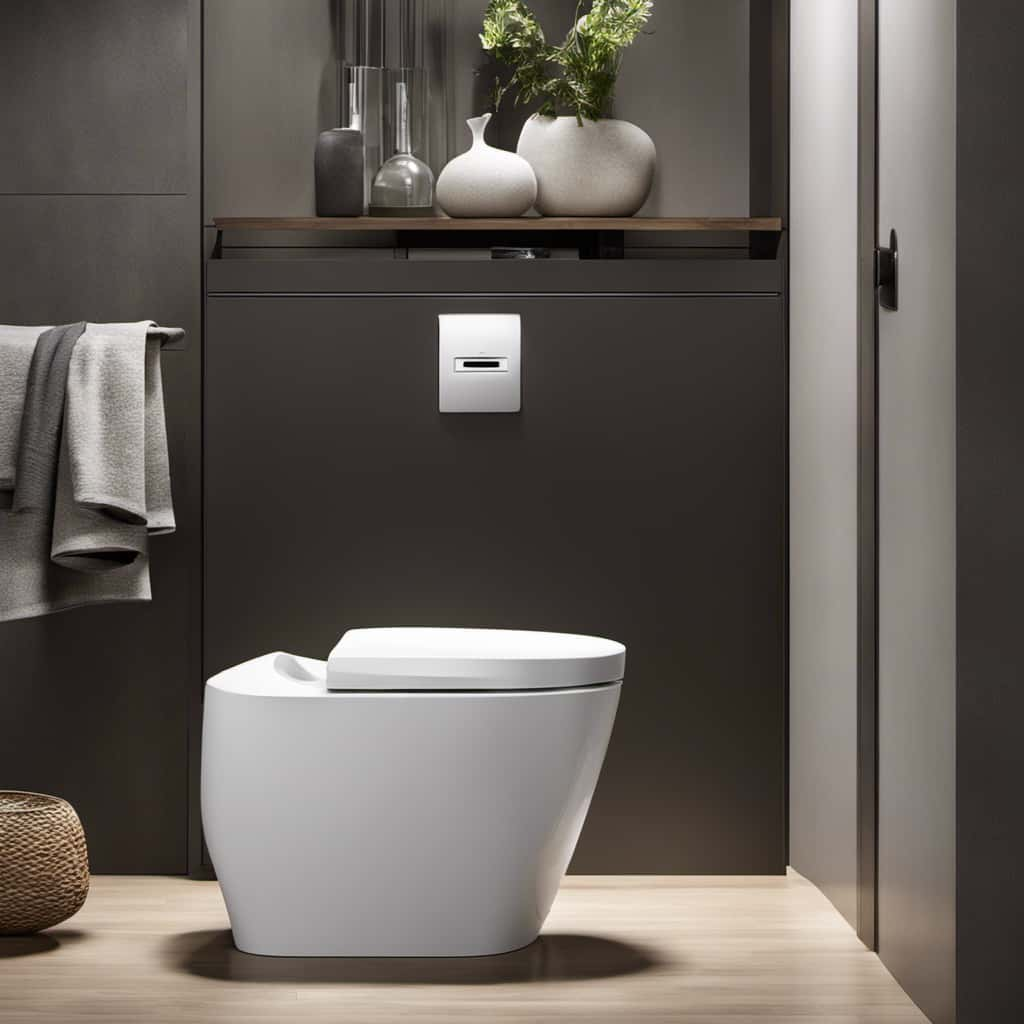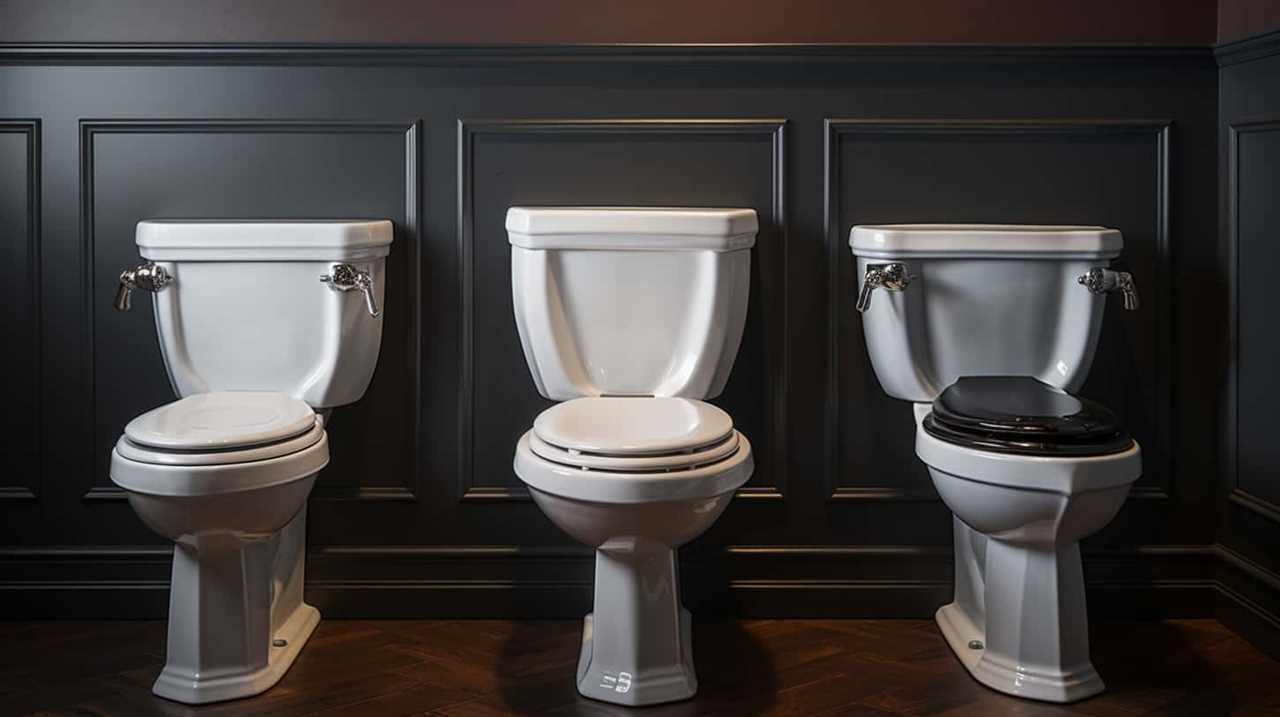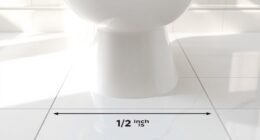Ever wondered if a clogged toilet can cause your tank to overflow? Well, let us enlighten you.
In this article, we will delve into the world of toilet clogs and explore the signs, causes, and prevention methods for toilet tank overflows.
So, if you desire mastery over your plumbing woes, buckle up and get ready for some informative and concise advice.
Let’s dive in and tackle this issue head-on.
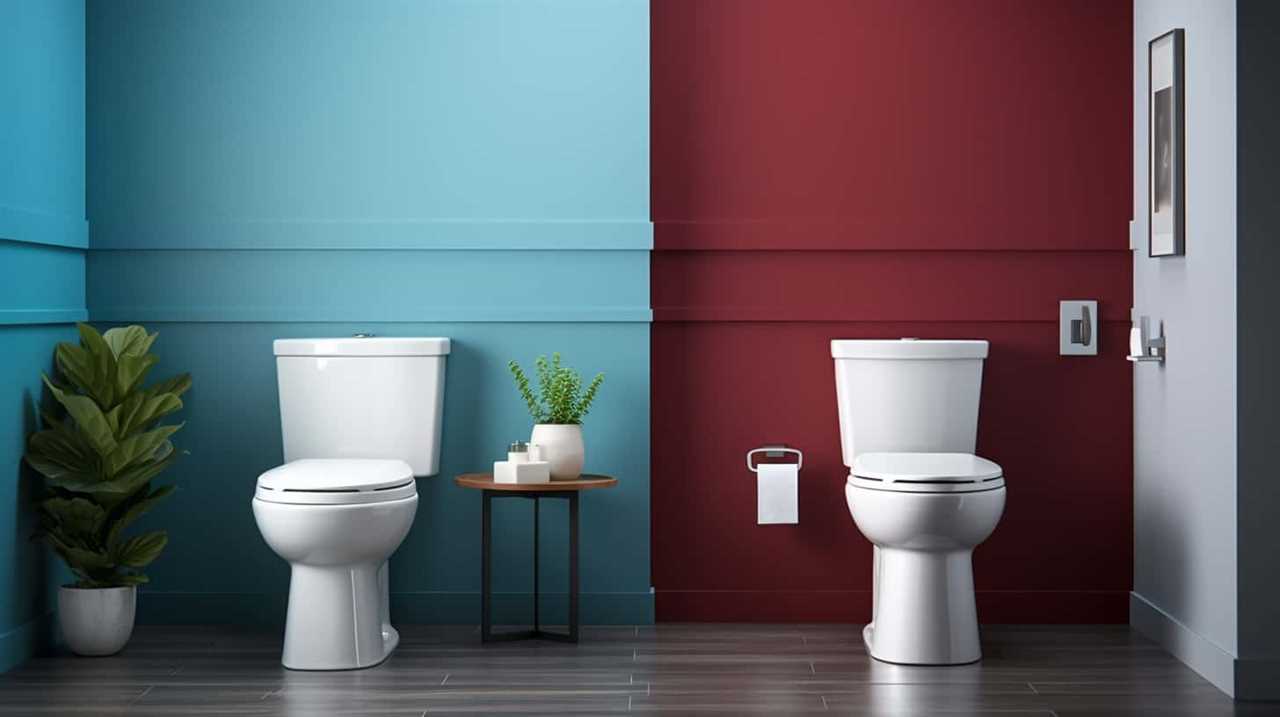
Key Takeaways
- Toilet clogs can lead to tank overflows if not addressed.
- Regular toilet tank maintenance is crucial in preventing overflows.
- Adjusting the water level in the tank to the recommended level can help prevent overflows.
- Clearing blockages using a plunger is a common solution, but avoid using chemical drain cleaners.
Understanding Toilet Clogs
To understand toilet clogs, we must first recognize that they can occur due to a variety of factors.
Common toilet clogging solutions involve using a plunger or a plumbing snake to dislodge the blockage. Plungers create pressure that helps to push the clog through the pipes, while plumbing snakes physically break up the obstruction.
Additionally, regular toilet maintenance is crucial in preventing clogs. Here are some essential toilet maintenance tips:
- First, avoid flushing items that aren’t designed to be flushed, such as paper towels, feminine hygiene products, or baby wipes.
- Second, consider installing a toilet with a larger trapway, which helps prevent clogs by allowing waste to flow more easily.
- Lastly, using a toilet bowl cleaner and brush regularly will help remove buildup and keep the toilet bowl clean.
Signs of an Impending Overflow
We often notice several warning signs that indicate an impending toilet tank overflow. Recognizing these signs is crucial in order to prevent potential dangers and avoid costly repairs. Here are the key warning signs to watch out for:

| Warning Signs | Potential Dangers |
|---|---|
| Slow draining | If the toilet drains slowly, it could be a sign of a clog that is building up and may eventually lead to an overflow. |
| Gurgling sounds | Unusual gurgling sounds coming from the toilet could indicate a blockage in the drain or vent pipes, increasing the risk of an overflow. |
| Rising water levels | When the water levels in the toilet bowl rise higher than usual after flushing, it is a clear indication that there is a clog or obstruction, which can ultimately cause an overflow. |
Causes of Toilet Tank Overflows
One common cause of toilet tank overflows is a clogged toilet. When a toilet becomes clogged, water can’t flow properly from the tank into the bowl, leading to an overflow. This can occur due to various reasons, such as excessive toilet paper usage, foreign objects being flushed, or a buildup of debris in the pipes.
Regular toilet tank maintenance is crucial to prevent these issues. Checking the fill valve and flapper for proper functioning, ensuring the water level is set correctly, and inspecting the flush handle and chain are all part of effective toilet tank maintenance.
By addressing these common toilet issues promptly, you can avoid the inconvenience and potential damage caused by toilet tank overflows.
Now, let’s explore the steps to prevent toilet tank overflows.
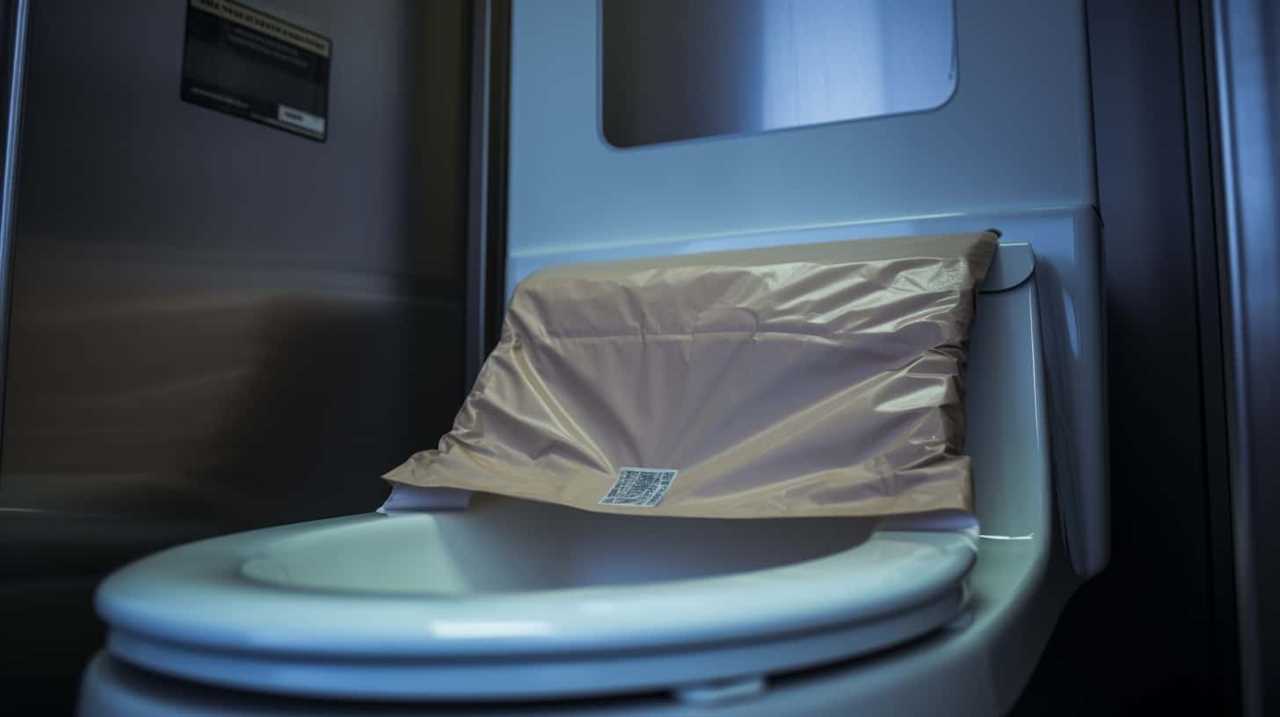
Steps to Prevent Toilet Tank Overflows
Taking preventative measures is essential to avoid toilet tank overflows. Regular toilet tank maintenance can help prevent common toilet issues that may lead to overflow.
Firstly, ensure that the toilet tank components, such as the fill valve, flush valve, and flapper, are in good working condition. Inspect for any signs of damage or corrosion and replace them if necessary.
Additionally, check the water level in the tank and adjust it to the recommended level, typically indicated by a mark on the overflow tube. This prevents excessive water from entering the tank and potentially overflowing.
Lastly, avoid flushing large amounts of toilet paper or other non-flushable items to prevent clogs and backups.

What to Do When Your Toilet Overflows
If your toilet overflows, the immediate action to take is to stop the water flow to prevent further damage. To effectively handle this situation, follow these steps:
- Shut off the water supply: Locate the shut-off valve behind or beside the toilet and turn it clockwise to stop the water flow. This will prevent the tank from overflowing and causing more water damage.
- Clear the blockage: If the clog is causing the overflow, use a plunger to unclog the toilet. Apply firm pressure and create suction to dislodge the obstruction. Avoid using chemical drain cleaners as they can damage the pipes.
- Call for emergency plumber services: If the overflow persists or if there are signs of a more serious issue, such as a sewer line blockage, it’s crucial to contact a professional plumber immediately. They have the expertise and tools to identify and resolve the problem.
Frequently Asked Questions
Can a Clogged Toilet Cause Damage to the Bathroom Floor or Walls?
A clogged toilet can potentially cause damage to the bathroom floor or walls. It is crucial to prevent toilet clogs by practicing proper toilet maintenance and being aware of the signs of a clogged toilet.
How Often Should I Check for Potential Toilet Clogs to Avoid an Overflow?
To prevent toilet clogs and avoid potential overflows, it is recommended to regularly check for signs of a clogged toilet. This practice is crucial as a clogged toilet can cause damage to the bathroom floor or walls.
Are There Any Specific Types of Toilet Paper That Are More Likely to Cause Clogs?
Toilet paper brands vary in their likelihood to cause clogs. It’s important to choose brands that are septic-safe and easily break down. Additionally, using alternative clog prevention methods like regular maintenance and avoiding flushing non-flushable items can help prevent overflows.
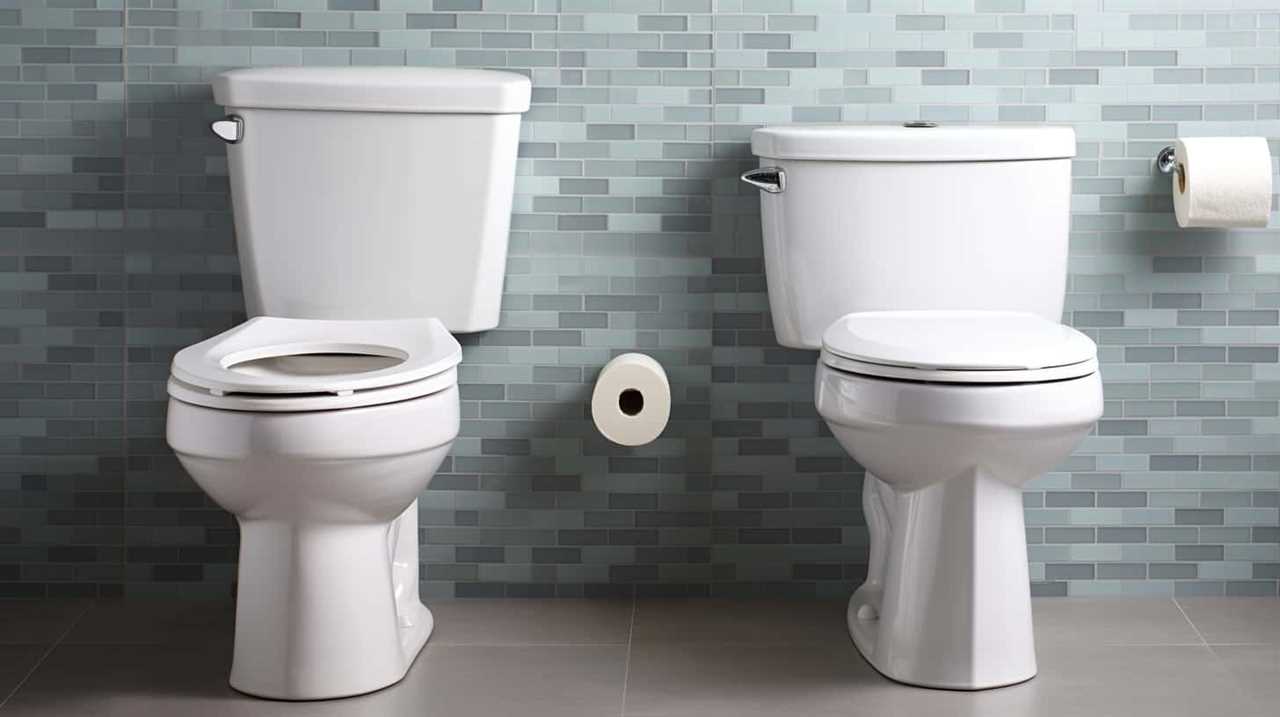
Can a Toilet Overflow Lead to Water Damage in Other Parts of the House?
A clogged toilet can cause the tank to overflow, potentially leading to water damage in other parts of the house. It is important to recognize the signs of a clogged toilet and take preventative measures to avoid water damage.
Is It Possible for a Toilet to Overflow Even if It Is Not Clogged?
It is possible for a toilet to overflow even if it is not clogged. This can occur due to a malfunctioning fill valve or a problem with the float. Regular maintenance and inspection are essential to prevent toilet overflow.
Conclusion
In conclusion, a clogged toilet can indeed cause the tank to overflow if not addressed promptly. Just like a dam holding back water, a clog obstructs the flow, leading to a buildup of pressure that can result in an overflow.
To prevent this messy situation, it’s essential to be vigilant for signs of clogs and take immediate action. Regular maintenance and proper usage can help keep your toilet running smoothly, avoiding any potential ‘floods’ in your bathroom.
